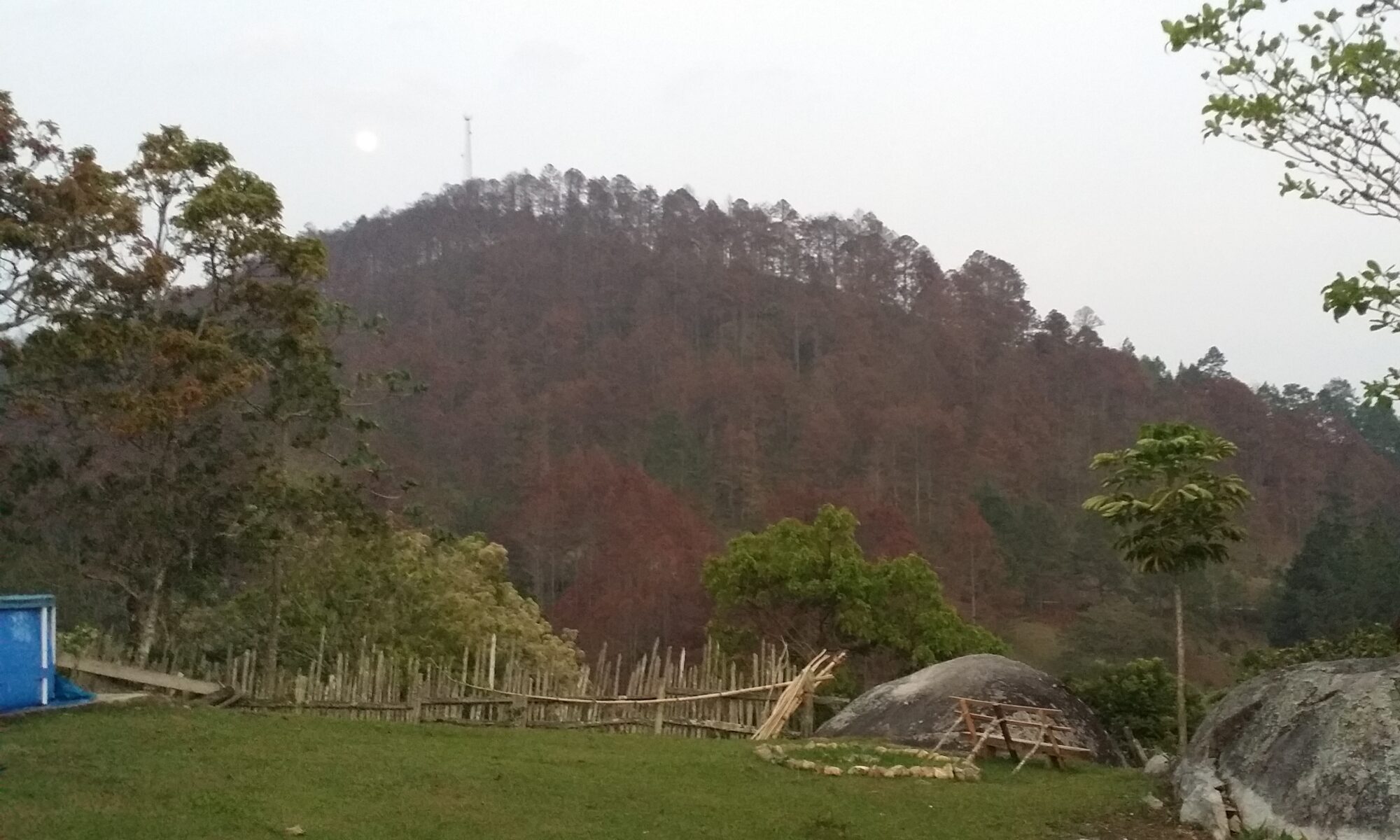Ecosystem tipping points and climate change warning signs are making headlines. Yesterday I read record breaking heat is melting roads in some of India’s busiest cities.
Scientists predicted a rise in temperature would lead to an increase in the number of insects worldwide, ushering dire consequences to the farming community. Warnings unheeded to our own detriment as now one of Africa’s staple crops, cassava, is reeling from super bug infestation.
In short, climate change has already altered earth’s ecological footprint with unstable fluctuating seasons. A longer season means insects have a higher metabolic rate, quicker gestation and more frequent reproduction.
According to an EPA report titled Lyme Disease – Climate Change Indicators In the US stated “Between 1991 and 2013 lyme disease cases doubled“. Helpful tips for understanding and protecting yourself, your family and pets from lyme disease can be found on the Outdoors Being website under their article titled How To Protect From Ticks – Smart Tips For Outdoor Enthusiasts.
An accelerated pine weevil population growth is attacking Canada’s boreal forest, British Colombia, Colorado, Wyoming, New Mexico, Nebraska, throughout Central America and even the coast of Georgia.
The April 2015 National Geographic Pine Beetle Epidemic article stated “The scale of the current epidemic is unprecedented. Since the 1990s more than 60 million acres of forest, from northern New Mexico through British Columbia, have suffered die-offs from pine weevil infestation“. This statement does not take into account pine weevil damage throughout Latin America.
I recently witnessed first hand the devastating impact of pine weevil insurgence during a Zika mitigation trip to Honduras. In Spanish pine weevils are known as “gorgojos” and farmers are burning infected trees in a failed attempt to kill the pine weevils. The haze in Honduras from pine tree burning was so bad that flights were cancelled due to the lack of runway visibility. In fact, the doctors and rural clinics I visited stated they are in need of respiratory and pulmonary medicine as lung disease has spiked in children and elders due to hazing.
Zika, pine weevil infestation, cassava blight, and lyme disease all have been linked to global warming. Rising temperatures and drought will necessitate the need to escalate solutions for correcting these biological imbalances.
Pine weevils are not the enemy. They have been co-evolving with pine trees for as long as these forests have existed and play an important role in a forest’s long-term structure, function and resilience. Warmer weather and drought have driven the current outbreak’s size and severity to more than 10 times larger than any other known outbreak, and is still expanding.
So where do we begin and what can today’s global citizens do to reduce the negative impact global warming is having on our forests?
A persistent saying reverberates through my mind. “If we want to have a future, we must look to the past“. Following are a few examples of how our ancestors handled pest control management.
Paint the trunks of trees up to 5 feet with pest management paint (equal parts of white latex paint, water and lime). If you don’t have lime (calisa in Spanish), then you can substitute with ground up egg shells. White paint prevents borer activity and summer sunburn.
Pest control tree pruning. Free wind finder apps can assist in pine weevil flight tracking and help map areas in need of pruning. Thinning healthy trees before pine weevil season will help introduce air flow (pine weevils are weak flyers). Pruning will also reinforce tree’s immune system and make them less targetable. Pine weevils can smell weak or dying trees.
Companion planting. Pine weevils are olfatory driven. Planting styrene producing plants like cinnamon and coffee around pine trees will help deter pine weevils. Cinnamon and coffee thrive in acidic soils. Guess what produces acidic soils? Pine tree needles. Moringa is another excellent companion plant because it is fast-growing, prevents erosion and is a rich vitamin source for human, livestock and plants.
Terrace and ditches will prevent erosion, landslides and water runoff during rainy season. Better water management will produce more resilient trees.
Pine weevil mitigation will require a mindset change and one that is coupled with the best of permaculture, biodiversity gardening and biomimicry.
A holistic strategy and approach may not save vast swathes of forests but it will give trees surrounding our homes, farms, parks and schools a better chance of survival in today’s imbalanced environment.
To read this article in Spanish, click La Resiliencia del Insecto y el Cambio Climático.
Insect Resilience & Climate Change Click To Tweet
